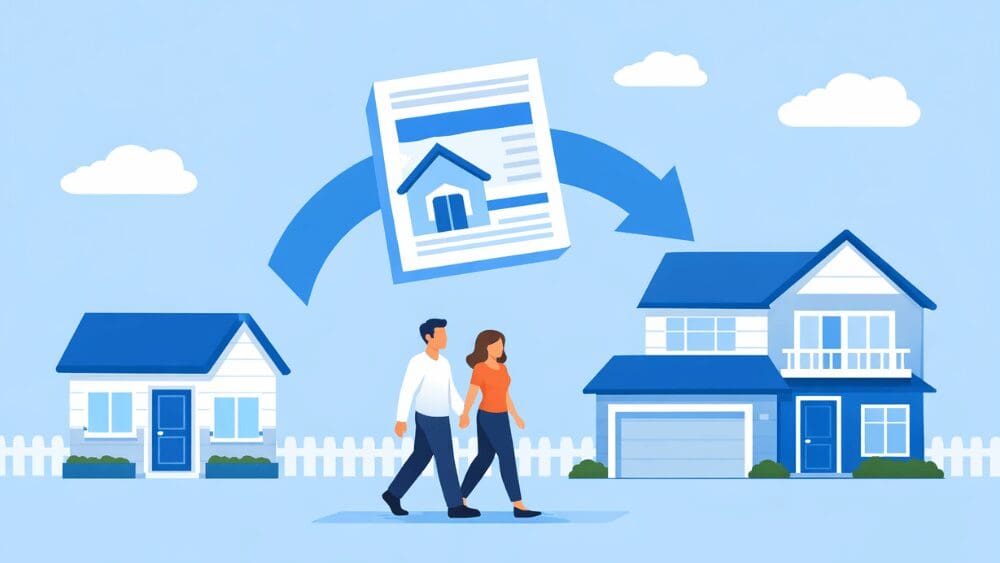
It used to be that owning a million-dollar house was a luxury dream beyond the reach of average Americans. Today, in some parts of the country, home prices have made it almost a necessary reality for those who need to live in high-cost housing markets. But how do people afford million-dollar homes? In this guide, we provide insights into how you can unlock the door to such a significant investment. We’ll look at the financial mechanics behind affording a luxury home and explore alternatives that can make your dream purchase a reality. We’ll also share expert insights and interesting facts about million-dollar home markets in the U.S. There are a number of strategies homebuyers are employing in their quest to buy higher-end properties. Denise Madan, a luxury home real estate agent in Florida with 25 years of experience, explains that, initially, the process mirrors a traditional home purchase, but then often requires some creative financing. “Typically, a buyer is going to put 20% down, and they’re going to finance the rest — most of them do a traditional 30-year-fixed loan. However, for a [million-dollar home], they are often going to do two loans. They’re going to do a conventional loan, and then do an equity loan so that they can afford it.” She adds, “If the loan amount goes over a million, like over a million four, then they would have to get a jumbo loan.” Let’s take a look at these common ways people can afford to purchase a million-dollar home. For many, the key to affording a million-dollar home lies in the equity of their current property. Homeowners can tap into this equity through a sale or a home equity line of credit (HELOC), providing a substantial down payment for their next purchase. This approach leverages the value you’ve built in your current home to help finance a more expensive one. If you’re a homeowner with significant equity in your current house, there are innovative buy before you sell programs available from real estate companies like HomeLight that can help you unlock your equity and purchase your new home. Here’s a short video illustrating how HomeLight Buy Before You Sell works: A traditional, yet powerful strategy is saving for a large down payment. Accumulating a significant down payment not only reduces the amount you need to borrow but can also improve your loan terms. A down payment of 20% or more can eliminate the need for private mortgage insurance (PMI), lowering your monthly expenses. Madan says not all buyers have a 20% down payment. “There are some people that only put 10%, but most people buying a million-dollar home usually put down more. With the market the way it is, and with the interest rates high, people want to put more money down because the cost of borrowed money is so expensive.” As Madan noted, when purchasing a high-value property, a jumbo loan may be necessary. These loans exceed the limits set by government-sponsored entities, making them suitable for million-dollar homes. Jumbo loans often require a strong credit score, a low debt-to-income ratio, and, typically, a higher down payment. The application process is rigorous, but it’s a viable option for those who qualify. Some buyers choose to liquidate other assets to fund their purchase. Investment liquidation could include selling stocks, bonds, or other significant investments. While this option can offer immediate access to large sums of cash, it’s essential to consider the tax implications and long-term financial impact of liquidating investments. While the traditional path to purchasing a million-dollar home involves substantial savings or leveraging current assets, there are creative alternatives that can make this dream more attainable. These strategies provide potential homeowners with different avenues to explore. Shared equity ventures offer a unique way to finance a home purchase. In this arrangement, an investor provides part of the home’s purchase price in exchange for a proportionate share of the home’s future value. This option can significantly reduce the initial financial burden on the buyer, making million-dollar homes more accessible. However, it’s important to understand the long-term implications of any shared equity investment programs and ensure that the agreement’s terms are favorable. Another strategy is to co-borrow with a trusted family member or friend. This approach allows two or more parties to pool their financial resources, increasing the buying power and potentially qualifying for a better mortgage rate. It’s essential to have clear agreements in place regarding ownership, payments, and what happens if one party wants to sell, ensuring the relationship remains intact throughout the co-ownership. Assuming an existing mortgage is a less common but viable option. This involves taking over the seller’s mortgage under the current terms, which can be advantageous if the existing interest rate is lower than current market rates. Not all mortgages are assumable, and buyers typically need to qualify under the lender’s requirements, but this can be a way to avoid higher interest rates and reduce closing costs.How do people afford million-dollar homes?
1. Unlock equity from your existing home
2. Save for a large down payment
3. Apply for a jumbo loan
4. Liquidate another asset
Alternatives to afford a million-dollar home
Look into a shared equity venture
Co-borrow with a family member or friend
Assume an existing mortgage



